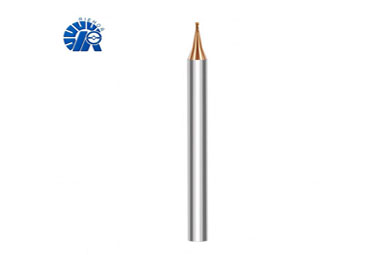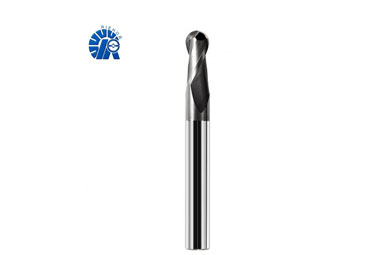Carbide end mills are cutting tools used in machining and milling operations. They are widely used in various industries, including manufacturing, metalworking, aerospace, automotive, and more. Carbide end mills are known for their exceptional hardness, wear resistance, and heat resistance, making them ideal for cutting and shaping a wide range of materials, including metal, wood, plastic, and composites. In this article, we will explore the primary uses and applications of carbide end mills.
1. Milling Operations:
Carbide end mills are primarily used in milling operations, where they are mounted on milling machines to remove material from a workpiece. Milling is a machining process that involves rotating a multi-toothed cutting tool (end mill) around its axis while feeding it into the workpiece to remove material and create desired shapes or features.
2. Metalworking:
Carbide end mills are extensively used in metalworking applications, including the machining of metals like steel, aluminum, stainless steel, titanium, and other alloys. They are preferred over high-speed steel (HSS) end mills due to their superior hardness and wear resistance, allowing for faster and more efficient metal removal.

Carbide Micro Square End Mills
3. CNC Machining:
In computer numerical control (CNC) machining, carbide end mills are commonly used to produce intricate and precise parts. CNC machines follow programmed instructions to perform various machining tasks, and carbide end mills play a crucial role in the accuracy and quality of the final product.
4. Aerospace Industry:
The aerospace industry relies heavily on carbide end mills to machine critical components, such as aircraft parts, engine components, and structural elements. The high precision and cutting performance of carbide end mills are essential for meeting the stringent tolerances and requirements of aerospace applications.
5. Automotive Industry:
Carbide end mills are widely used in the automotive industry for machining engine parts, transmission components, chassis components, and other critical parts. Their ability to cut hard materials with precision is vital in ensuring the durability and performance of automotive components.
6. Mold and Die Making:
Carbide end mills are a popular choice in mold and die-making, where high precision and excellent surface finish are crucial. They are used to create molds and dies for plastic injection molding, metal stamping, and other forming processes.

Carbide Ball Nose End Mills Profession for Stainless Steel
7. Woodworking:
Carbide end mills are also used in woodworking applications, such as milling wood for furniture, cabinetry, and other wooden products. Their hardness and cutting efficiency make them suitable for handling hardwoods and softwoods.
8. General Machining and Fabrication:
In general machining and fabrication industries, carbide end mills are used for a wide range of tasks, including profile milling, contouring, slotting, facing, and chamfering. They are versatile tools capable of handling various materials and cutting operations.
9. High-Volume Production:
Carbide end mills are often employed in high-volume production settings where efficiency and tool life are critical. Their wear resistance and ability to maintain sharp cutting edges make them suitable for extended use in demanding production environments.
10. Cutting Exotic Materials:
Carbide end mills are well-suited for cutting exotic materials, such as superalloys, hardened steels, and advanced composites. These materials are challenging to machine, but carbide end mills can handle the task with greater ease and precision.
In summary, carbide end mills are versatile cutting tools widely used in machining, milling, and fabrication operations. Their exceptional hardness, wear resistance, and heat resistance make them suitable for cutting a wide range of materials, including metal, wood, plastic, and composites. From high-precision aerospace components to automotive parts and general machining tasks, carbide end mills play a crucial role in various industries where precision and efficiency are paramount.








Comments
0